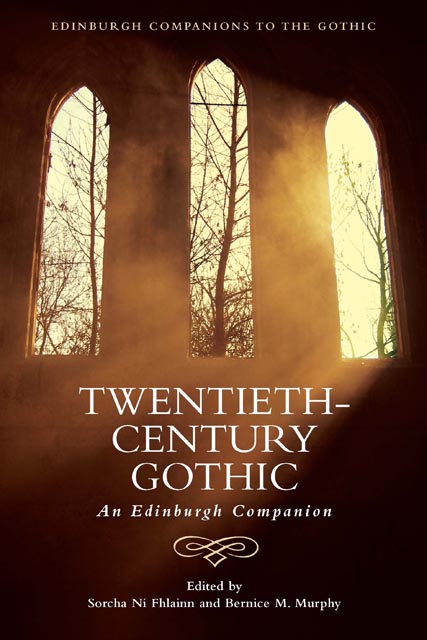11 - Russian Twentieth-Century Gothic: The Irrepressible Undead
Published online by Cambridge University Press: 18 November 2022
Summary
The Russian Gothic
Long viewed by Europeans as a menacing and semi-barbarous empire, always abundant in sites of exile, confinement and suffering, Russia is the Western world's Gothic uncle: a mysterious character with a vast, unexplored estate, apparently affable but also pathologically secretive. Even for its own citizens, the country inspires sensations of mystery, danger and menace. ‘Russia’, warned the nineteenth-century poet Tiutchev, ‘cannot be understood with the intellect alone.’ Instead, for-eigners often first encounter Russia through fear-inspiring clichés eagerly propagated by global media: the Russian bear, the Russian winter, the endless forest, Baba Yaga the child-stealing witch, the Red Peril of com-munism, or, most recently, the invisible yet devastating poisons used to assassinate dissidents.
Choosing to understand Russia through its literature presents us with a different set of no less terrifying archetypes, recognisable as native folklore refracted through the lens of the European Gothic tradition. Russian and Ukrainian writers enthusiastically adapted the latter in the eighteenth and nineteenth centuries for their readers. Throughout the politically fraught twentieth century, with its waves of famine, war and repression, the Gothic continued to provide a trove of metaphors for conceptualising the unspeakable. As Etkind writes, ‘[i]n Russia, a land where millions remain unburied, the repressed return as the undead … in novels, films, and other forms of culture that reflect, shape and possess people's memory’. The Russian and Soviet Gothic is essential today, however, not as a shadow of the Western Gothic-fantastic tradition nor as a variant of postcolonial Gothic Studies: it is a window on to the complicated and often tragic history of the Russian state itself and its relations with its immediate neighbours. From Mikhail Bulgakov's haunted apartment buildings in the early twentieth century, to Sergei Luk’ianenko's glamorous were-tigers and grungy vampires at the beginning of the twenty-first, Russian writers consistently turn to the clichés and tropes of the Gothic to express their reality and to negotiate their unburied past.
Origins and Evolution of the Russian Gothic
The Gothic genre first spread through the Russian literary world in the 1790s by way of translations of English Gothic novels as well as of early French and German horror.
- Type
- Chapter
- Information
- Twentieth-Century GothicAn Edinburgh Companion, pp. 180 - 195Publisher: Edinburgh University PressPrint publication year: 2022

